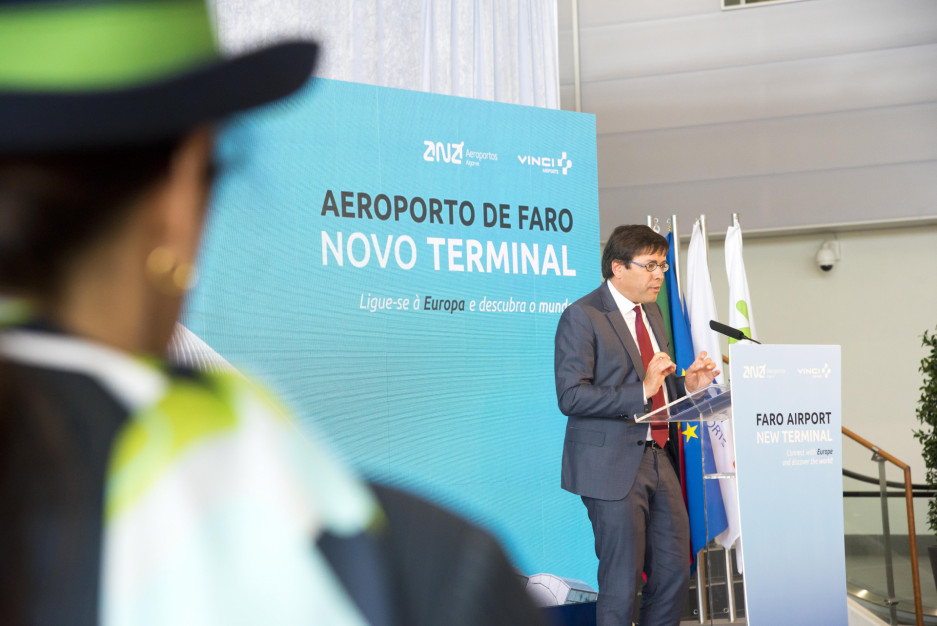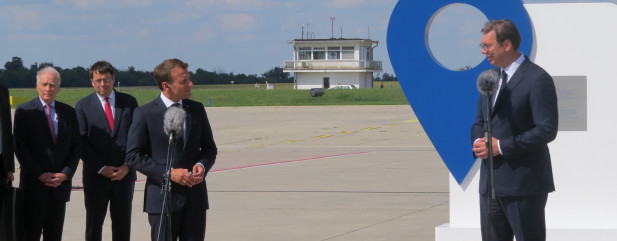
Positive Mobility
eMagOpportunities of a world on the move

Freedom, a right and a need – mobility is a key concept in our modern world. For individuals, their access to work, education, healthcare, culture and leisure activities – in other words, everything they need to live a full life – are all conditioned by mobility. From the collective point of view, movement of people, goods and services are the foundation for increasingly open economies where trade ties are the basis for growth and prosperity. That’s a reality that sometimes gets left behind in economies that are already prosperous, but it is a vital and sensitive area for emerging economies.
So on the one hand, mobility is a catalyst for economic and social progress. But on the other, it involves issues that we have to face up to honestly to be able to deal with. What I have in mind are environmental impacts and the increasing number of trips being made, and the implementation of energy transition, which is as complex as it is vital. In relation to these issues, VINCI Airports and other VINCI Group entities launched AirPact, which has reduced the greenhouse gas emissions from our airports by almost 20% in the space of four years. But I also have to keep in mind all the issues involved in regional urban planning to open up isolated regions and to encourage social integration and fight inequality of opportunity. By playing our role to the full as a partner to state governments, local government authorities and decision-makers on infrastructure, VINCI Concessions continually puts forward proposals, in particular to ensure the quality of services and the safety and security offered at the airports, motorways and rail lines that we build and operate in 21 countries.
Between risks and opportunities, those of us who are actors and operators in all aspects of mobility – whether individual or collective, daily or occasional, whether short or long distance – all have responsibility for inventing the infrastructure and technologies that will meet the mobility needs of 10 billion people in the future. We need the infrastructure and technologies that will bring people freedom.
That is how I see the key issues for mobility in the 21st century, and I will come back to them in future issues of this e-magazine. I reject both idealism and taboos. What we want is that these articles, which offer both variety and depth, will be a source of information and inspiration for all our stakeholders. The questions we address in this first issue include driverless vehicles; are they ready to take off? What do tomorrow’s travellers want? What can “smart infrastructure” do for roads in a booming city like Lima in Peru? Those are just some of the first topics we explore in this opening issue of our new magazine. It’s an opportunity for us to step back from our all-consuming day-by-day work and take a look at the overall picture while at the same time celebrating some of our most successful projects.
I truly think that this invitation to think ahead and look forward will feed back into our working practices. And in so doing, it will contribute to fashioning new opportunities and turning them into real projects that will encourage the development of communities, tomorrow’s responsible mobility and the lived experience of each and every one of our customers.
Nicolas Notebaert, Chief Executive Officer of Concessions at VINCI, President of VINCI Airports and VINCI Autoroutes

Mobility, a source of Soft Power?
Now, more than ever, countries, regions and territories need to promote themselves. As competition gets fiercer, they ...
Discover